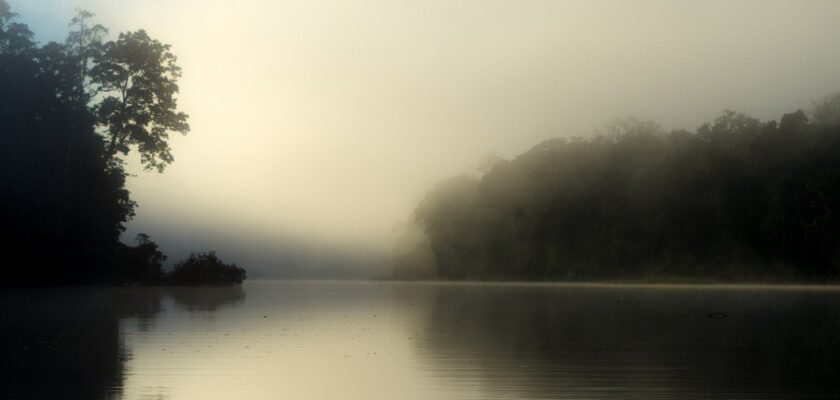Manú National Park (Parque Nacional del Manú)
Manú National Park is one of the most beautiful places in the Amazon basin. It protects a huge jungle area of 18900 square kilometers, almost the entire Manú River basin. This greatest massif of protected rainforest in the world, was declared a UNESCO Biosphere Reserve and World Heritage Site in 1987. Manu Park is strictly protected, the possibility of scientific research in the field of ancology and biology is highly restricted, and any economic activity is prohibited. The park is located about one and a half thousand kilometers from the Peruvian capital Lima in Madre de Diosi in Cusco.
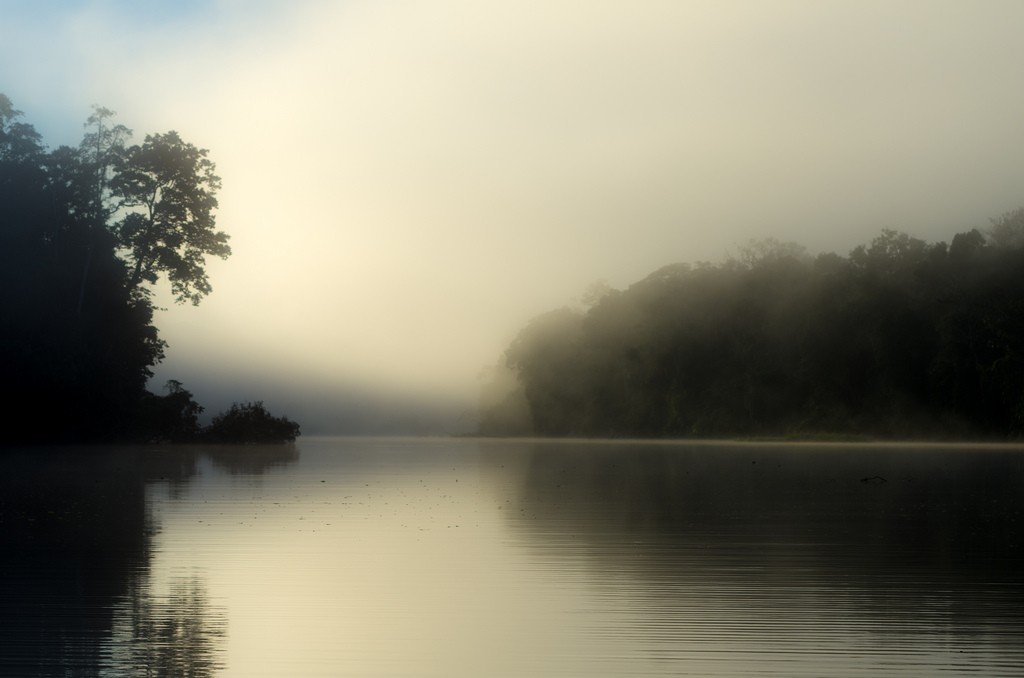
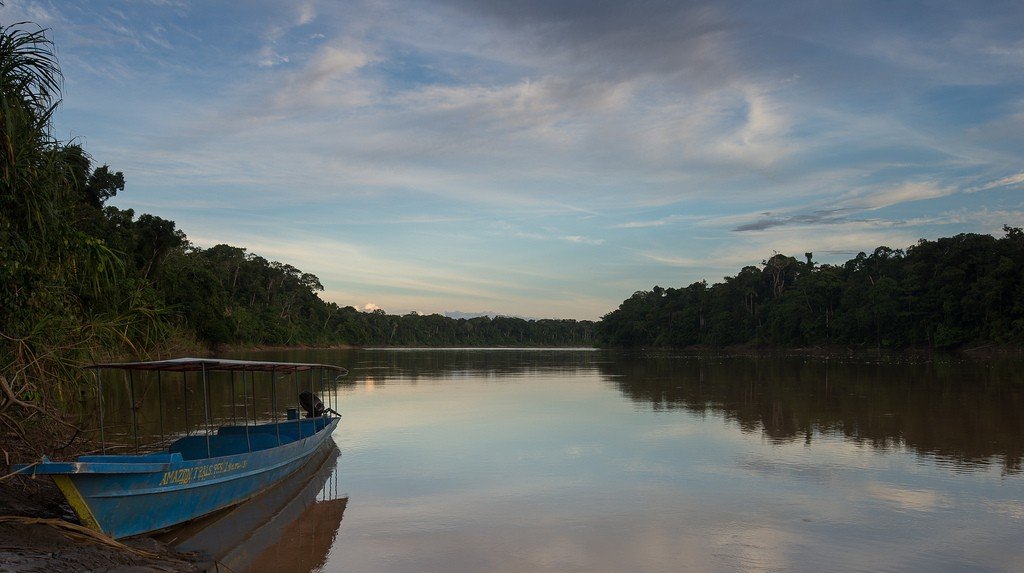
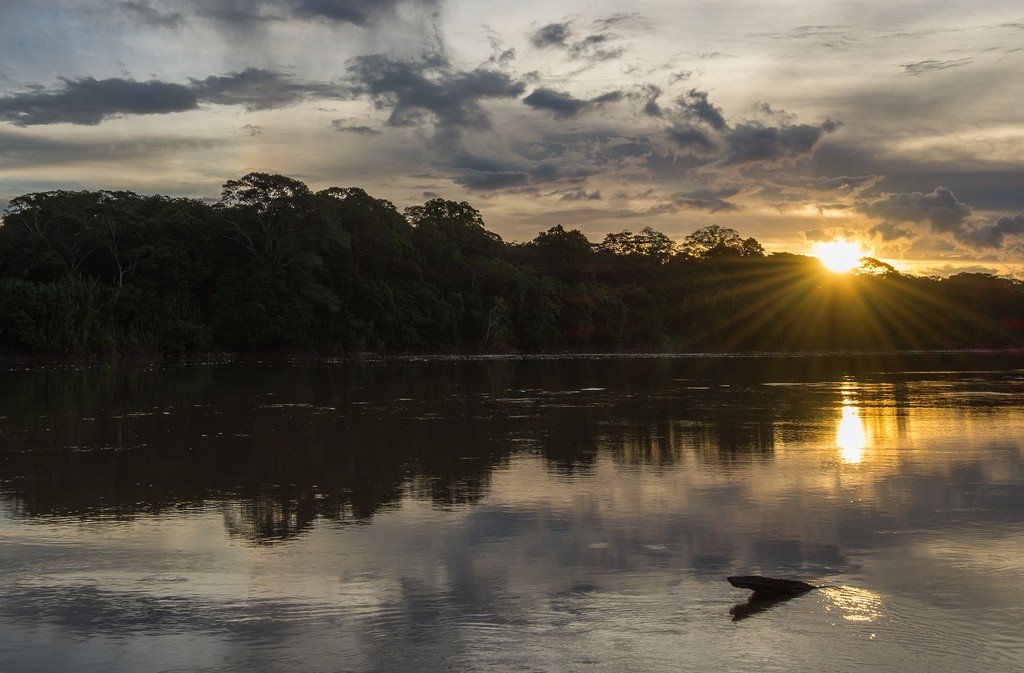
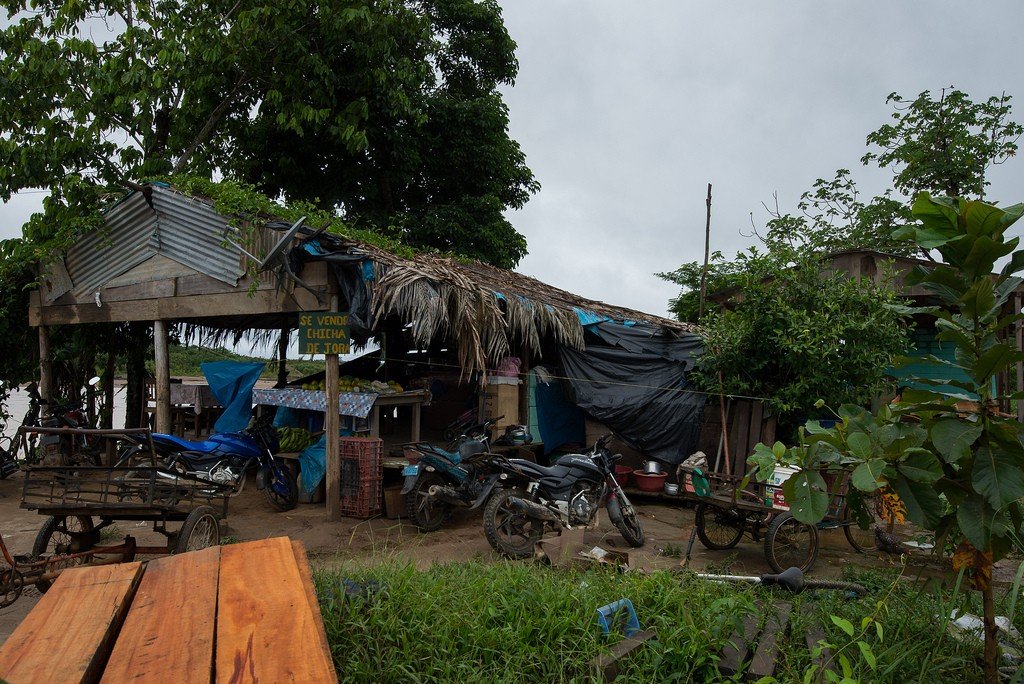
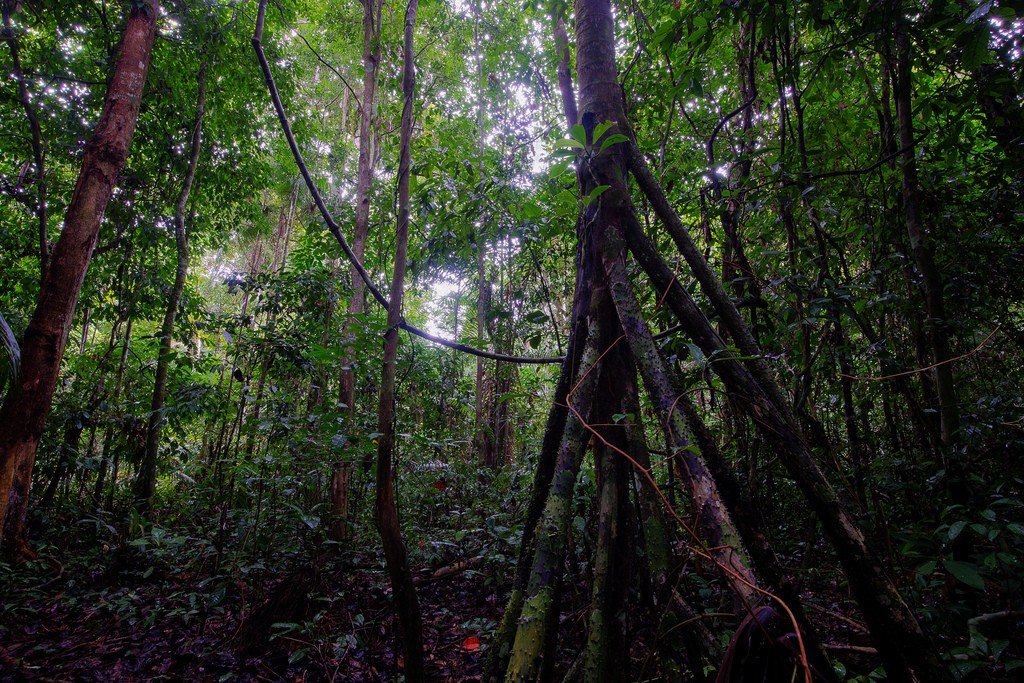
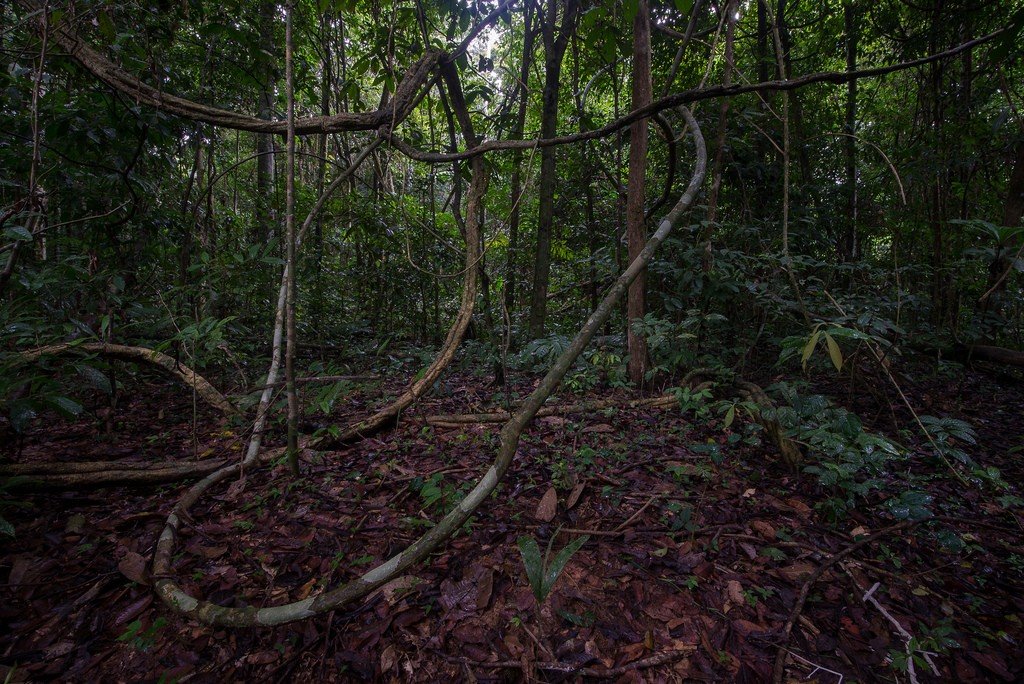
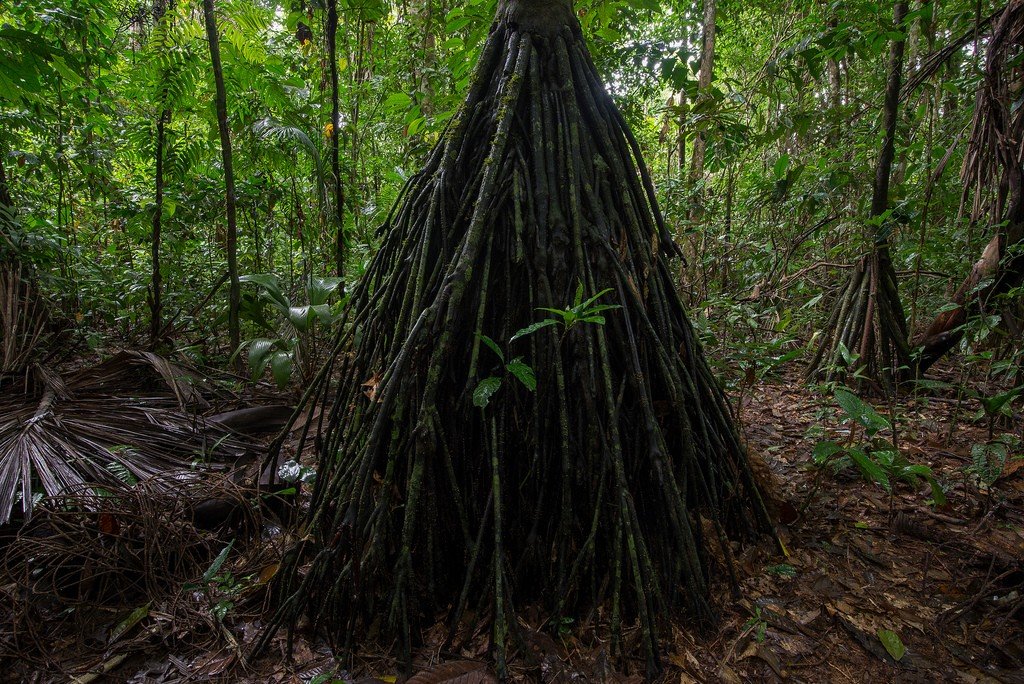
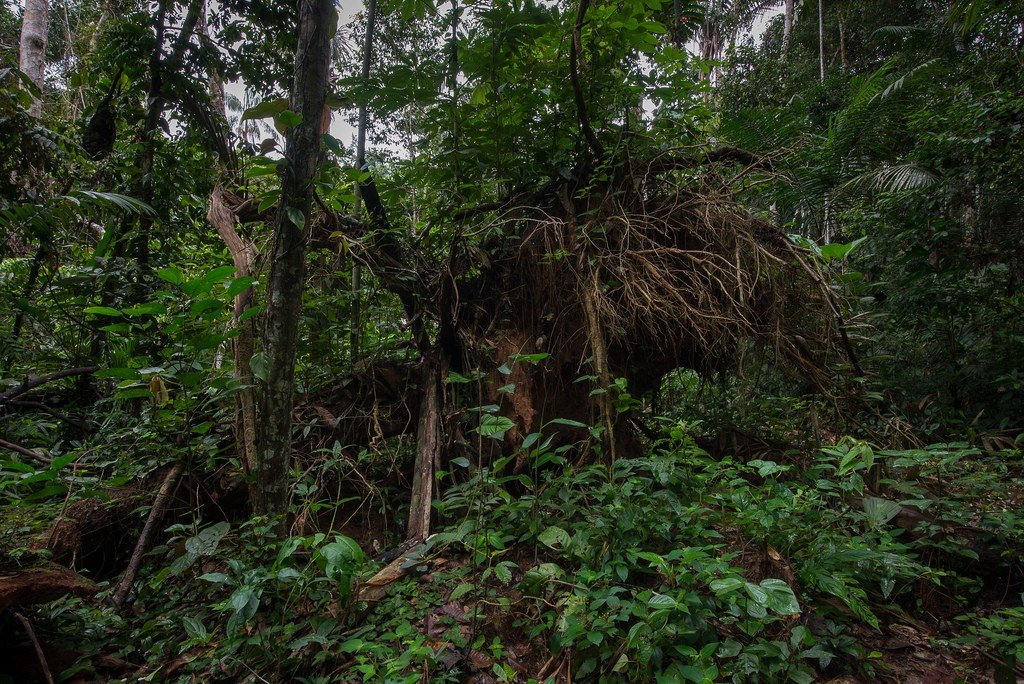
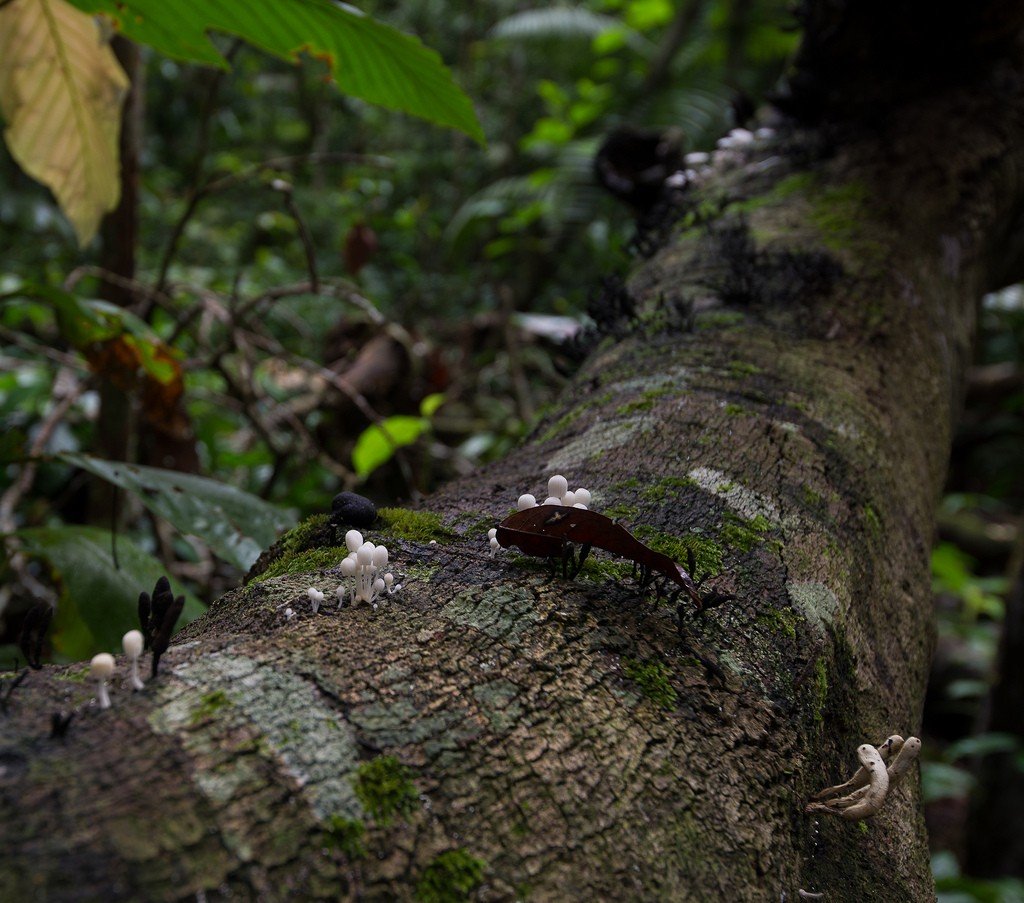
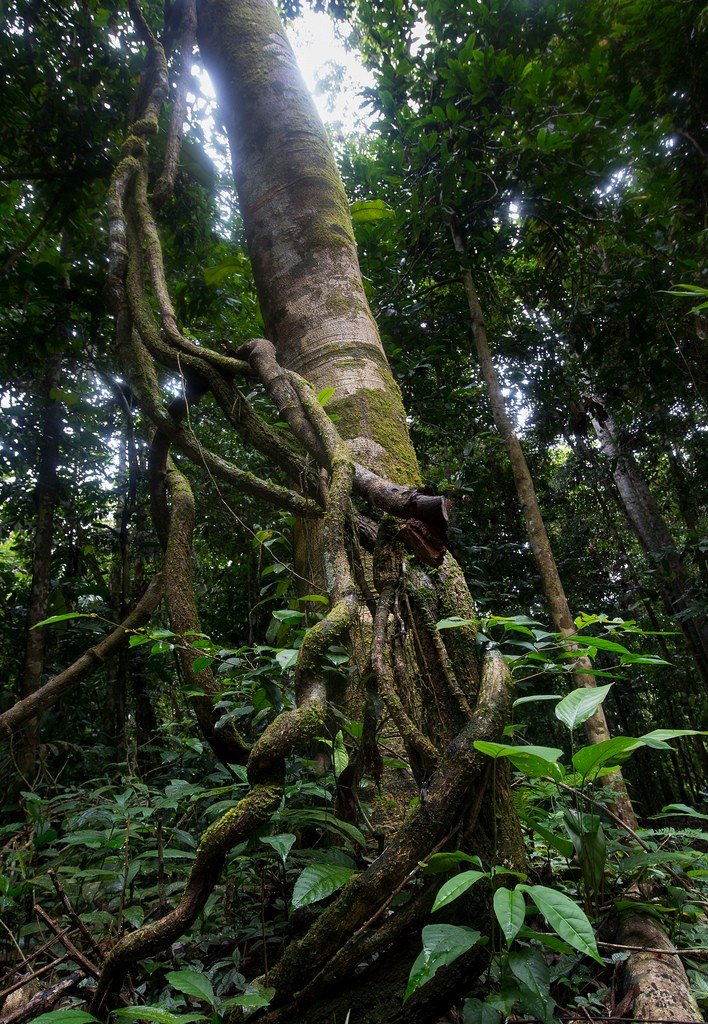
Highlights
Due to the remoteness, Manu Park is not easily accessible, but coming here itself is an unforgettable adventure. The rainy forest has remarkably little undergrowth due to the dense weave of tall tree crowns. Lianas with huge leaves intertwine with mighty aerial and stilt roots; palms of all kinds grow among the young trees; tiny orchids shine on the forest floor; and thorns of all shapes stick out from the trunks of trees to protect them from enemies. You may meet here amazing insects such as leaf-cutter ants, pacing one after another with severed leaves, to bring them to their underground dwellings and turn them into powder.
.Climate
Manu National Park is located in a warm, humid tropical climate. The average annual temperature within the plains is +30 C. The rainy season falls in December March. The total annual rainfall is about 1500 – 2000 mm. In the mountainous part of Manu, the altitudinal belt makes adjustments to the general climatic situation: in the central (Peruvian) Andes, the widest, most complex and contrasting part of the great mountain system, humid winds bring a lot of moisture to the windward slopes: over 2000 mm of precipitation per year. Above 5000 m the mountain peaks lie under snow and ice covers; the daily amplitude reaches 20 С. Clear sunny weather can be replaced by a snowstorm in 3 to 10 minutes.
.Nature
Manu’s geographical position with pronounced altitudinal belt has given rise to a wide range of natural zones and diversity of flora and fauna at 290 – 4000 m above sea level. Several types of ecosystems “humane” forests, alpine and subalpine meadows of the Andes, vegetation of Puna (high Andean plateau), humid tropical forests, humid subtropical forests – home to valuable red and palm tree species, very humid lowland forests, riverine and lakeside landscapes are the most common.
The tropical forest in the lower tiers is characterized by an unparalleled diversity of animal and plant species. Manu is literally teeming with endemics.
.
The southernmost point of Akyanako Park is at 3,500 meters above sea level and is a tropical alpine meadow. Low-growing vegetation grows here and the weather is usually cold. Below, towards the dwarf forest, is a cold, wet zone with a very diverse fauna. This is where the toucan bird can be found.
Even lower, between 1,000 and 2,500 meters above sea level, lies a zone called the rainforest, a unique ecosystem that receives a lot of moisture and is home to a large number of animal species, such as the spectacled bear and the mountain grouse (Peru’s national bird).
.Below, between the rainforest and the Amazon basin, lies the high forest. The landscape of this zone is diverse and very rich in fauna. Finally, comes the lower Amazon Basin, which is at a level of about 350 meters. No other park on Earth can compete with it in terms of diversity of life forms. It is home to 13 species of monkeys and one of the world’s most unusual mammals, the giant otter (locally known as the river wolf).
.The most colorful representatives of the fauna are the giant armadillo, jaguar, ocelot (a predatory mammal of the cat family), puma, Peruvian taruga deer, black jaguardi (a wild cat with a snake-like face). There are animals in the tropical wilds of Manu that are almost impossible to meet – these are the pygmy anteater, the small tree raccoon olingo, the gray iguana, the little-studied crab fox, the reindeer pudu, the tiger howler, and the caiman lizard, which looks like a small dinosaur
.Monkeys are interesting – each species prefers a different tree tier and a different route. On the tallest trees sticking out above the forest canopy live bright red and red howler monkeys. They feed on the leaves of the same trees and prefer a sedentary lifestyle. A little lower down live black coats, which can easily jump from tree to tree with the help of long arms and tenacious tails. Where several large trees stand side by side, woolly monkeys, as if dressed in furry overalls, settle (this species is endangered).
.
Even lower down, under the continuous canopy, small saimiri roam in huge flocks in the company of brown capuchins. In less dense areas there are many owl-like titi, which, like howler monkeys, give concerts in the morning. At this altitude, the red uakiri with a bare bright scarlet head is also found.
In the undergrowth live small tamarins, feeding mainly on insects, the most beautiful of them – the Emperor, with a magnificent mustache. In the floodplains settle monkey, which looks like a fluffy black kitten, and along the banks of streams – the smallest dwarf toyon the size of a pear.
.Insects are widespread in Manu – on the beaches of rivers, there are biting sand flies, at night they are replaced by river mosquitoes. Ticks, ground leeches, and bee bugs cause a lot of trouble. In the forest of seagulls are red scolopendra, scorpions resembling pieces of bark, all possible sizes, shapes and colors of butterflies, variegated cockroaches, huge” beetles weevils with a nose shaped like a bottle ruff; spiders, roundworms, etc.
.The reserve is inhabited by 200 species of mammals. Among them more than 100 species of bats. A lot of reptiles. The number of fish is not fully known – so far only 120 species have been studied. Among them are the most unique and endemic species of the Amazon basin – the slow, log-sized arapaima and the predatory piranha. In the mouths of streams you can see catfish, herbivorous piranha, orca, large aravanas (the meat of this fish tastes like Baikal omul). Neon fish, swordfish, wild guppies, and tiny catfish flicker in the cool forest pools.
.In Manu (and nowhere else in the jungle) lives such a rare bird of prey, such as a large harpy (from the hawk family), with a wingspan of up to 2 meters. Crakes, penelopes, chachalacas, herons, kingfishers, ibises and water cranes live along the riverbanks. There one can meet the most vocal bird of Amazonia, the palamedea, and the musk duck lounging on tree branches near water bodies. On the shoals are nesting waterfowl, long-winged birds that fly low over the water at night and use their wings to catch fish. During the day, they are replaced by thick-billed terns. At night, owls come out of the forest canopy to hunt.
.
Manu National Park protects about 850 species of birds. The upper reaches of the Amazon are the only place in the world with the largest number of beautiful birds, the aiste, the jabiru, the roseate spoonbill, the forest, or Orinocco, goose; six species of crested eagles (chocolate-black, bluish-gray, unusually bright, etc.), the white-winged bird, the white-winged bird, the white-winged bird, the white-winged eagle, and the white-winged bird. ), the white-winged trumpeter bird; the Peruvian rock-cockerel; the lovely hummingbird; the most colorful parrots; the horned gocco, a huge black bird with a scarlet crest.
.Snakes are scarce in Manu. Large boa boas and small green boas are found in the crowns of the trees. At the foot of the trees there are rainbow boa and bushmeister up to 4 meters long.
.
Every day the red sun sets over the jungle, caimans and piranhas splash in the waters of the Alto Madre de Dios, jets of tropical downpour beat, and the cries of monkeys playing in the giant trees. Everything here is unusual – the motley of parrots and flowers, the breathtaking silence of the lakes, the mysterious footprints of animal holes. This wild beauty is preserved for our descendants Manu Reserve, located in an amazing place far away from civilization.
.Manu’s flora is as abundant as its fauna. The reserve is home to 10% of the planet’s plant species. More than 2,000 plant species have been recorded in the local forests. Giant trees are one of the main attractions of the tropical jungle. Seibas on average reach 3 meters in diameter and 45 meters in height. Manu is home to palms, Brazil nut, spiny tucuma, South American cedrellinga, mahogany, fig tree, and Brazilian hevea. Cecropia and balsa tree of the baobab family are common along river channels. On the eastern windward slopes, the altitudinal belts of the mountain silene are fully pronounced, and the coca tree and cinquefoil are especially widespread. The longitudinal valleys and leeward slopes have xerophytic vegetation.
.Flowers are a separate subject of the rainforest. Large white and small crimson orchids, incredibly beautiful pink flowers chorizia magnificent (similar to lupines), flowering canna and many others fill the entire area with sweet and stupefying aromas.
.
In total, the flora and fauna of the national park counts:
.- more than 850 species of birds
- 1300 species of butterflies
- 200 species of mammals
- 13 species of primates
- 210 species of fish
- 650 species of bees
- 20,000 plant species (that’s 10% of all known plant species in the world!)
- There are over 250 species of trees on one hectare of its territory alone!
The park consists of three parts:
1. “Transition / Cultural Zone” covers 120,000 hectares. It is the very beginning of the park, the only zone where unaccompanied tourists are freely allowed. It starts from the Madre de Dios river basin (rio Madre de Dios) and the Andean highlands, which constitute the southern boundary of the reserve. This is the inhabited part of the park. The locals are engaged in agriculture, forestry and cattle breeding.
.2. “The Manu Conservation Area covers an area of 257,000 hectares. It is located in the lower Manu River and extends from the Panagua River Gorge to Boca Manu. Scientific research is carried out in this area of the reserve. Despite this, tourists are allowed here, but only in groups restricted to accredited agencies. A limited number of visitors are allowed into the park each day.
In this part of the park you can observe a huge variety of landscapes, animal and plant life, river bends form lagoons with a magnificent variety of flora and fauna.
.3. “The main part of the reserve – Manu National Park” occupies the largest part of the territory – 1532,806 hectares. This part of the park is designed to preserve flora and fauna, so only scientists are allowed here to observe and conduct anthropological or biological research, without being able to interfere with the natural course of events. Here is the Cocha Cashu Biological Station (Cocha Cashu), one of the most important centers for rainforest research. It is an inviolate place that requires a special security clearance for admission.
.Population
The Manu Reserve owes its uniqueness not only to the diversity of its flora and fauna, but also to the fact that it is inhabited by 30 peasant communities speaking the native Quechua language, as well as rare and small indigenous ethnic groups.
The Manu Reserve has a large number of indigenous peoples.
The rainforest along the riverbeds is home to four Amazonian aboriginal groups totaling 12,000 people (1999): the Machigenga (or Yora), the Mascio-Piro, the Yaminahua, and the Amahuaca. Amazonian tribes vary in height, appearance, and skin tone. According to some travelers familiar with the Indians, the Machigenga are the most beautiful and unusual.
.
Indians still follow the traditions and lifestyle of their ancestors. There is a Machigenga Indian legend that says, “Once we lived in heaven, in paradise. But then we found a big seiba and on it we went down to the forest. The forest made us better, and we stayed to live on Earth.”
.Apart from the known ethnic groups and peasant common, there are about fifty Indians living in the Manu forests who do not come in contact with anyone. In families of three or four, they engage in hunting. They are characterized by aggressive behavior, and it is not uncommon for “non-contactors” to attack people.
.
Part of the Inca Trail runs through the reserve, and in the mountains one can find the remains of the observatory of this unusual civilization.
.The designation of Manu as a natural protected area initially caused excitement among the indigenous peoples. For some, it meant dispossession and a change in their traditional ways of life; for others, it meant forced isolation. Guns, fishing hooks, and metal products were forbidden to be brought into the area where the ethnic groups lived. Doctors first entered Indian tribal villages just five years ago to vaccinate locals annually. For several years in a row, the Peruvian government has also sent volunteer teachers to small Indian settlements to teach children Spanish.
.
To address social and other problems related to indigenous people, the Manu Biosphere Reserve Support Committee was organized in 1987. Some ethnic groups are very small and have little or no contact with the outside world. Today, they inhabit protected areas, ensuring that they can continue to live as their ancestors did. However, there are communities that host tourists and sell them souvenirs.
.Tourists
Manu National Park can be visited by tourists as well. Special excursion programs are created, giving visitors the opportunity to explore the most picturesque corners of the park, as well as to take part in a night safari.
.
If you are going to the park on your own, you should keep in mind that you cannot enter the Manu Conservation Area without an accredited guide.
.It is better to go to the park by bus from Cusco to Shintuya or Atalaya (it takes about 10-12 hours), then by boat to Boca Manu (another 8 hours) and from there another 8 hours by boat to the reserve itself.
You can fly from Cusco to the reserve.
It is possible to take a plane from Cusco to Boca Manu, but the bus ride, besides being much cheaper, also allows you to enjoy nature – it is a very beautiful route.
.Going to Manu pay attention to the fact that it is very risky to go into the jungle alone, without a guide who knows the routes and will help you avoid dangerous places. And you will not be allowed into the Manu Conservation Area without an accredited guide. You can enjoy the beauty of Manu National Park and get to know its flora and fauna with the help of local tour operators, choosing one of the excursions prepared by them.
.Interesting fact
In 1982, Ted Parker and Scott Robinson set a world record here for the number of bird species encountered in a single day without the use of automated means of transportation. They counted 331 species of birds in one day spent at Cocha Cashu in the Manu Reserve!
.
